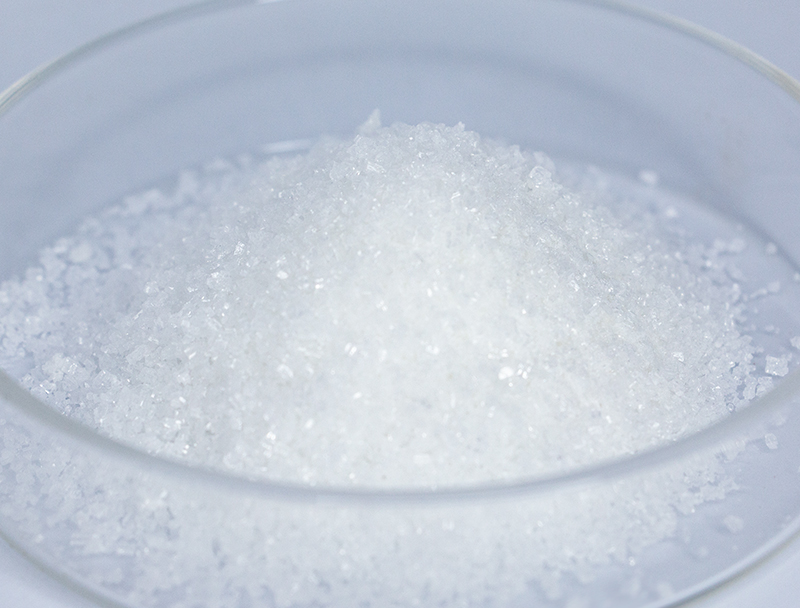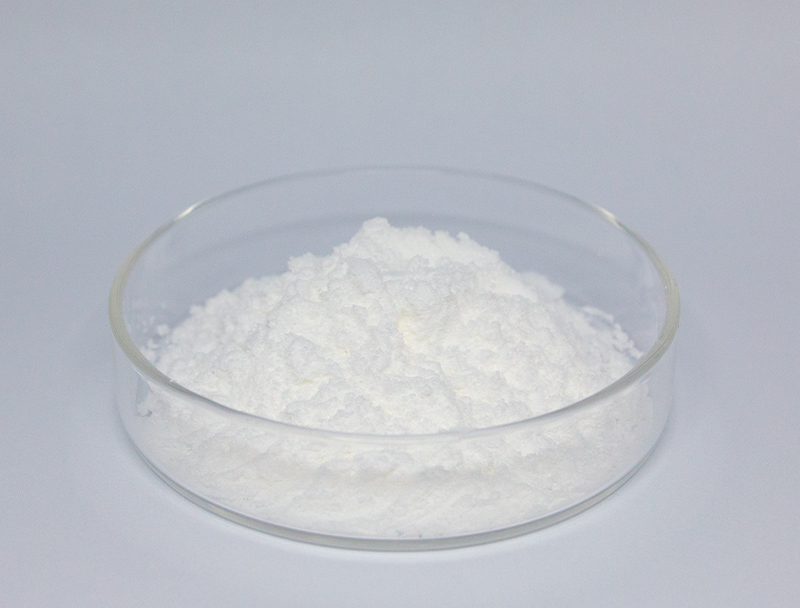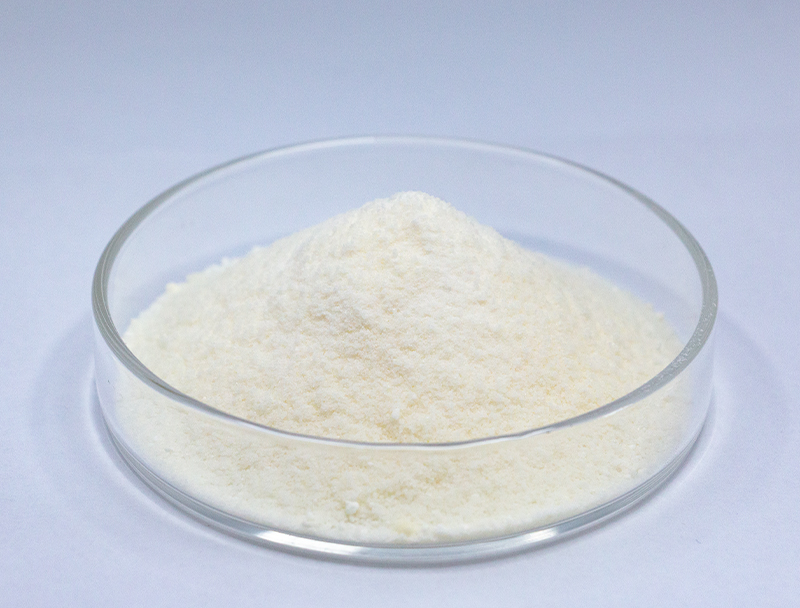high-stability process-compatible inputs bio derived calcium propionate

Biomanufacturing relies heavily on a diverse spectrum of biomass sources for generating cutting-edge biobased goods.
Securing environmentally mindful sourcing is vital for future-proofing and moral progress in biomanufacturing.
diverse obstacles inherent in legacy sourcing approaches including environmental degradation and exploitation of natural resources. Therefore, biomanufacturing companies must actively seek out alternative sourcing strategies to minimize their ecological footprint.
- Examples of sustainable sourcing practices include:
- Integrating compostable agricultural waste into supply chains
- Implementing closed-loop systems to minimize waste and maximize resource efficiency
- Partnering with local suppliers committed to ethical sourcing practices
Shifting to ethical sourcing drives environmental value and long-term commercial viability.
Improving Biomass Inputs to Boost Biofuel Yields
Advancing fuel production depends on feedstock consistency and composition. Engineers continually develop approaches to improve biomass suitability, creating higher productivity and an eco-friendlier fuel landscape. Efforts pair genetic enhancement for feedstock abundance with advanced pretreatment to produce usable sugars.
- In addition, projects pursue feedstocks like algae, waste fractions, and harvested residues to enlarge the selection of eco-friendly biomass for bioenergy.
- As a result of relentless efforts the industry should deliver significant enhancements paving a path to sustainable energy.

Enhanced Upstream Strategies for Biopharmaceutical Yield
comprises front-end procedures like culture expansion and cell retrieval Recent progress has advanced techniques that maximize productivity and increase output.
Crucial progress includes proprietary cell systems, optimized growth media, and adaptive bioreactor architectures. These developments raise yield and cut costs as well as diminish environmental consequences.
- Similarly, continuous process trends grant superior flexibility and refined control across production stages.
- This transition to advanced manufacturing techniques is set to transform the sector and accelerate therapeutic timelines.

Genetic Engineering Innovations for Higher Therapeutic Yields
innovations in genome-editing toolsets have enhanced biopharmaceutical manufacturing. By precisely targeting genes within host organisms, researchers can enhance the yield of valuable therapeutic proteins. Such strategies offer promise to create cost-effective, high-efficiency therapeutics across many disease areas.
Leveraging Microbes to Tackle Environmental Pollution
advanced microbe-driven remediation methods to treat contaminated sites sustainably. Engineered and natural microbes can attenuate pollutants via metabolic conversion.. Leveraging microbial biotransformation promotes sustainable remediation that curbs industrial environmental impacts.. Investigators study multiple microbial strains for abilities to transform metals, degrade agrochemicals, and process petroleum wastes.. Microbial cultures can function in contained bioreactors or be deployed onsite to facilitate biodegradative remediation..
Biological remediation using microbes yields meaningful benefits compared to conventional strategies. This method provides a low-cost, low-waste alternative to conventional remediation. Concurrently, these solutions provide focused remediation without widespread environmental harm. Ongoing innovation aims to boost the throughput and efficacy of microbe-driven remediation approaches.
Data-Driven Approaches for Therapeutic Development
Computational tools have grown indispensable in the current drug discovery landscape. From predictive screening to lead refinement, computational biology underpins more efficient drug pipelines.
- Via examination of genomic, proteomic, and clinical datasets, researchers pinpoint targets and project drug activity.
- Also, in silico modeling of molecular interactions accelerates optimization toward more selective therapeutics.
- Ultimately, bioinformatics modernizes development workflows and expedites access to safe, beneficial medicines.
Fine-Tuning Metabolism to Maximize Bioproduct Synthesis
adopts varied approaches to raise biosynthetic yields of beneficial compounds. Methods might combine targeted gene changes to rechannel flux, regulatory element design to control expression, and exogenous gene introduction to provide fresh capabilities.. Via targeted metabolic optimization researchers can meaningfully escalate production of desired biochemicals.
This comprehensive strategy could transform numerous sectors such as pharmaceuticals, farming, and renewable energy.

Upscaling Biopharma: Obstacles and Potential Gains
Expanding production volumes poses difficult barriers yet offers substantial opportunities. Ensuring product consistency at larger manufacturing scales represents a major hurdle. Overcoming this requires advanced process control, continuous monitoring, and sensitive analytical platforms.

Also challenging is the layered complexity of biomanufacturing encompassing numerous sequential steps.. Converting small-scale procedures to plant-scale operations necessitates extensive innovation and optimization.. Yet, the returns can be substantial. Achieved scale can widen availability of treatments, lower manufacturing costs, and boost financial returns.
A series of measures are underway to confront these obstacles. Approaches include cutting-edge process optimization tech, comprehensive analytics for control, and disruptive manufacturing designs.
- Innovation programs are essential to expand production competencies.
- Oversight institutions are updating guidelines to ease approval of manufacturing advances and catalyze innovation.
Understanding Regulatory Oversight to Ensure Biopharmaceutical Quality
Advancing biopharmaceuticals involves heavy regulatory scrutiny to secure product safety 5-ALA and proven efficacy. Products of biological origin introduce specific challenges that differ from standard drug development.
Bodies like FDA and EMA shape the regulatory landscape and set benchmarks for evaluating innovative therapies..
Strict validation and testing steps are required across the product lifecycle from lab studies to post-market oversight.. Those requirements help reveal risks and confirm that biologics satisfy stringent safety criteria..
Concurrently, regulatory organizations fine-tune methods to remain compatible with quick scientific advancements. This includes embracing novel technologies and facilitating the development process while maintaining a commitment to patient well-being.

Plant-Origin Feedstocks in the Production of Bioplastics
A stronger push for environmentally responsible materials is driving research into renewable options. Converting plant biomass into bioplastics offers a credible pathway to environmentally sound products. Plant-based biomass resources such as cornstarch, cellulose, sugarcane can be processed into biodegradable plastics that degrade naturally, minimizing the environmental impact of conventional plastics.
Similarly, selected bioplastics offer analogous properties to traditional plastics suitable for many applications.. Further innovation is required to mature plant-based bioplastics for broad adoption and circular economic models.
Biotech's Role in Improving Global Health and Agricultural Resilience
Emerging biotechnologies deliver avenues to improve health outcomes and secure food resources. Through advancements in genetic engineering, synthetic biology, and cell therapies, biotechnologists are developing innovative solutions to combat infectious diseases, improve crop yields, and enhance nutritional value.. To illustrate, modified plants designed for pest resilience and environmental tolerance can raise outputs and reduce pesticide application.. Concurrently, biotechnology drives development of immunotherapies, antibiotics, and diagnostics that play a key role in controlling diseases and improving health metrics. With ongoing research, biotech is positioned to enable broad improvements in health and food security that serve global populations.
